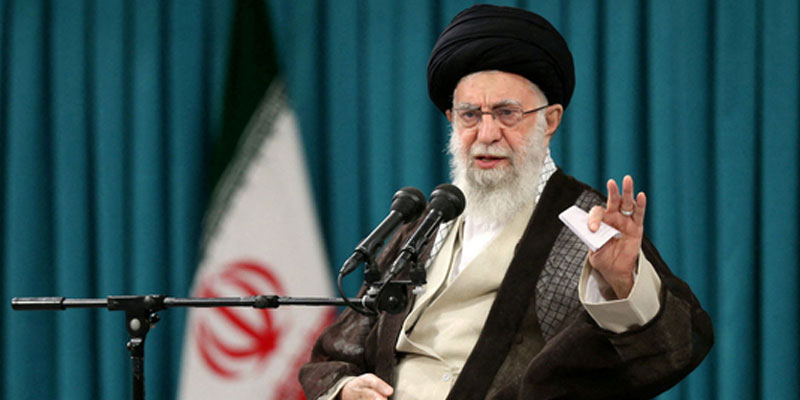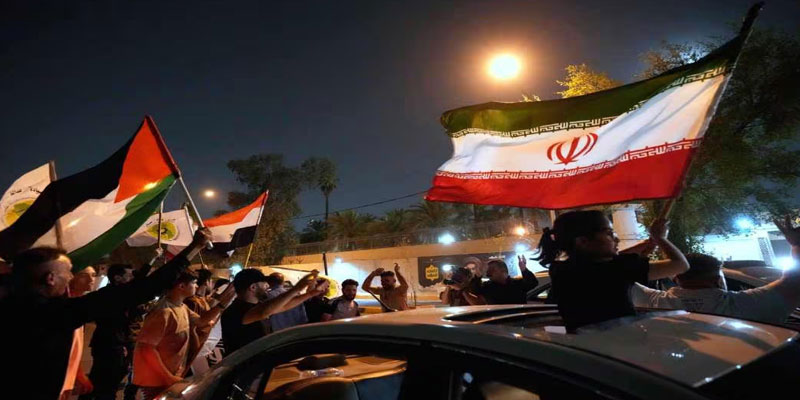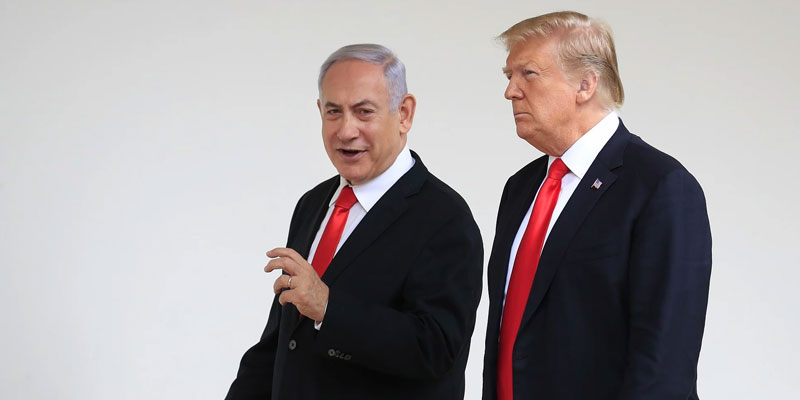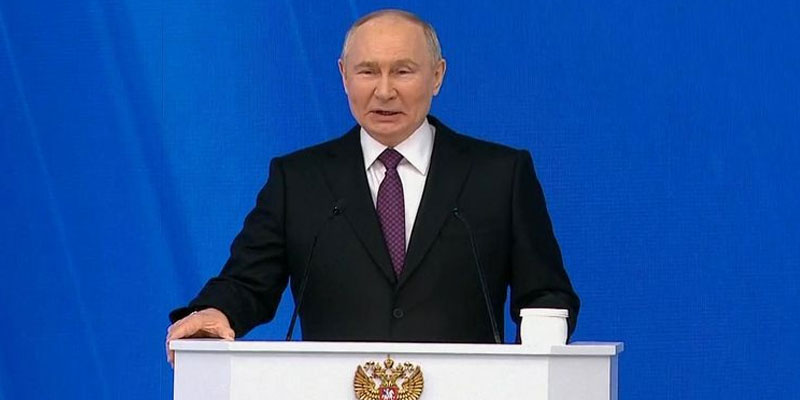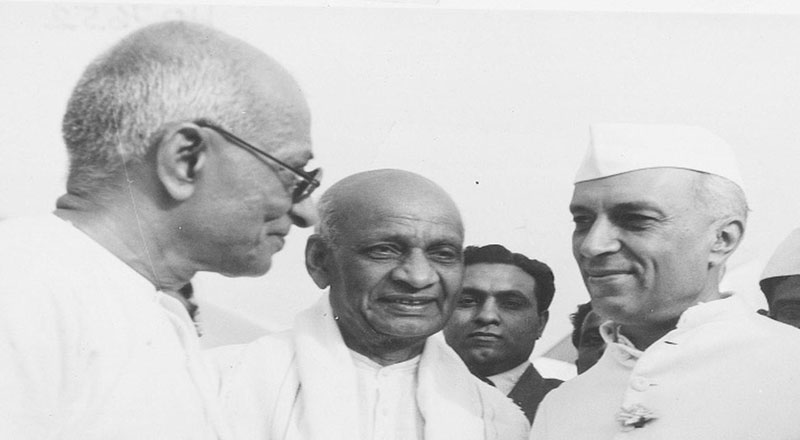Pak Claims Ballistic Missile Test Amid Growing Tensions
In a move widely seen as a show of aggression under the guise of routine drills, Pakistan claimed on Saturday to have successfully tested a surface-to-surface ballistic missile with a 450-km range. The missile, dubbed the Abdali Weapon System, was tested during ‘Exercise INDUS’, a military drill conducted by the Army Strategic Forces Command (ASFC)—the wing that oversees Pakistan’s nuclear arsenal.
The test took place at Sonmiani Ranges and was personally overseen by senior officials including Lt. Gen. Muhammad Shahbaz Khan, Commander of the ASFC, and Maj. Gen. Sheharyar Pervez Butt of the Strategic Plans Division. According to Pakistan’s military, the launch was aimed at maintaining “operational readiness” and reinforcing its minimum credible deterrence doctrine.
But the timing, rhetoric, and scale of the display tell a different story—one of rising anxiety and posturing amid a dangerously flammable geopolitical backdrop.
India Calls It Reckless: The Broader Backdrop of Fear and Retaliation
The missile test follows a series of escalatory steps between India and Pakistan after the Pahalgam terror attack in Jammu and Kashmir, which claimed 26 lives, including civilians and tourists. India has blamed Pakistan-based terror groups for orchestrating the massacre and responded with a series of diplomatic and strategic countermeasures, including visa suspensions, abrogation of water treaties, trade bans, and diplomatic downgrades.
India has branded Pakistan’s missile test as a "reckless act of provocation", particularly given that Pakistan had earlier issued a series of NOTAMs (Notices to Airmen) hinting at planned missile launches—a veiled threat designed to incite psychological unease.
The atmosphere has been especially charged in recent weeks, with ceasefire violations along the Line of Control (LoC) and Pakistan ramping up its naval operations in the Arabian Sea, alongside the deployment of sophisticated radar systems near Rajasthan’s Barmer sector.
Panic or Preparedness? Pakistan’s Military Overdrive Signals Fear
Pakistan’s rapid military mobilisation suggests more panic than planning. Simultaneously conducting three major air exercises involving F-16s, JF-17s, and J-10s, and deploying air defence and artillery units to forward positions, the country appears to be bracing for a potential Indian counter-strike.
While the official narrative stresses deterrence, the underlying insecurity is palpable. Military analysts suggest that such missile displays, under the current context, do more to raise regional tensions than contribute to national security. The decision to flaunt nuclear-capable technology during heightened bilateral hostility may alienate not just New Delhi, but also international observers urging de-escalation.
India Demonstrates Strength with Precision Exercises
On the other side of the border, India has chosen strategic restraint coupled with assertive military preparedness. Last week, the Indian Air Force conducted Exercise Aakraman, showcasing Rafale jets and elite squadrons. The Indian Navy also demonstrated high readiness along coastal zones.
In a symbolic yet tactically meaningful display, Indian Air Force jets executed "land-and-go" operations on the Ganga Expressway in Uttar Pradesh, underlining logistical agility and forward readiness. The government’s grant of “complete operational freedom” to Indian forces further underscores Delhi’s resolve to retaliate decisively, if provoked.
Dangerous Theatre of Signals in a Nuclear-Shadowed Conflict
Pakistan’s Abdali missile test is not just a demonstration of military hardware—it’s a political signal in a tense theatre, where every move is magnified by suspicion. The test, though presented as a routine drill, is strategically timed and symbolically loaded, falling squarely into a pattern of high-stakes brinkmanship that has historically defined Indo-Pak relations.
At a time when responsible statecraft is urgently needed, both nations must avoid the trap of performative escalation. India’s measured but firm response and Pakistan’s frantic military exercises are playing out in full view of an anxious international community. With both sides armed with nuclear capabilities, even symbolic gestures carry disproportionate risks.
The region does not need another arms race or strategic miscalculation—it needs dialogue, deterrence stability, and a diplomatic off-ramp. The current trajectory, if unchecked, risks turning calibrated posturing into catastrophic confrontation.
(With agency inputs)

Geo Politics


